by Kevin Foster
This month I’m going to talk a little about behind the scenes of animal rescue centers. Being in the animal rescue field, I am truly blessed to be surrounded by so many different volunteers that really don’t ask for anything in return for the efforts they extend. These people get fulfillment by helping wildlife, educating communities and partnering with animal control, fire and police departments, Dept. California Fish and Wildlife, along with numerous different rescue agencies across the state, such as the California Raptor Center, and several zoos in and out of state. It is a wonderful resource that all these agencies and rescue centers are intertwined and work together. One thing that always grabs my attention is that most volunteers are able to be reimbursed for all supplies such as different animal foods and specialty supplements for wildlife that has become injured, along with medical supplies like bandages, Neosporin, hydrogen peroxide and common things you would find in your own medicine cabinet; things like this that they buy out of pocket. They are also reimbursed for the gas driving to retrieve injured animals and then bringing them to our rescue center or to our wildlife vet. But the vast majority I’ve spoken with feel that this is their contribution to whichever wildlife rescue center they are a part of. Wildlife rescue centers being non-profits, all apply and are awarded grants and a good majority of supplies and funding comes from public donations. The public has such a huge impact on the wheels to keep them turning within these centers that most don’t realize. The blessing is in the impact made when community folks donate the extra walnuts or apples from their trees, or extra blankets and towels, cat or dog crates, extra medical supplies, along with cash donations of course. Most people think we have wildlife/exotic vets that fix the animals for free but they do charge rescue centers; thankfully they try to be nominal, knowing we survive on grants and donations. A little inside scoop about the volunteers that put in endless hours. During fledgling and baby season, the majority of the young wildlife needs feeding every 3 to 4 hours. These volunteers wake up throughout the night to check on and feed the young. Some live on site at some rescue centers but others have to schedule different volunteers to come in for different shifts. This really touches my heart and shows the heart and soul of those dedicated animal loving folks. They have to change bandages, mix formula, blend up fish for seabirds, add vitamin supplements, clean cages and water daily. These are just some of the things that go on behind the scenes at rescue centers, 24 hours a day across the state. Nowadays, with social media, volunteers have been able to double their education and help to vast communities. For instance, when someone posts online saying they think a particular animal needs help. The beauty of social media is that so many other people are reading it and learning just by being a part of the thread. They can learn what to do if a baby bird is seen on the ground or a baby possum that looks like it’s too small to be on its own. Most volunteer rescue centers are only open during business hours and are not allowed to do rescues late at night. This is an instance when we refer to Animal Control. A lot of times, just education is needed and the animal doesn’t need to be rescued, or an individual can get proper advice to keep the animal safe until morning, when either it can be taken to a rescue center or a volunteer can be dispatched to their location. Many volunteers have special permits for rehab enclosures at their own properties to enable them to help with more animals to be raised and released back into the wild, especially with humans building and creating less habitat for wildlife. And so this month, we extend an enormous “THANK YOU!” to all the volunteers everywhere that are such a big and important blessing to our precious wildlife.
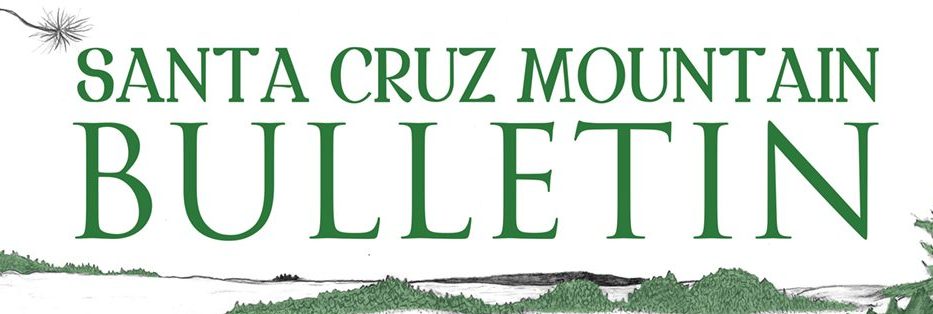

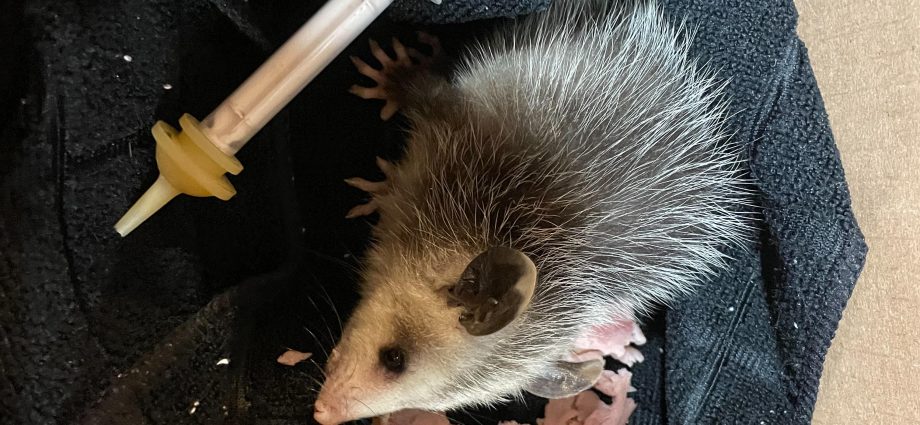


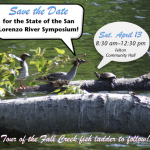



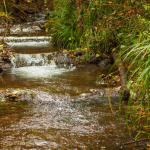



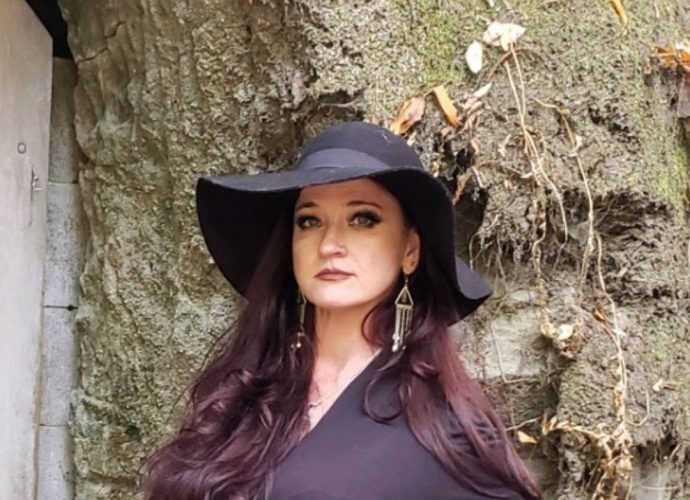


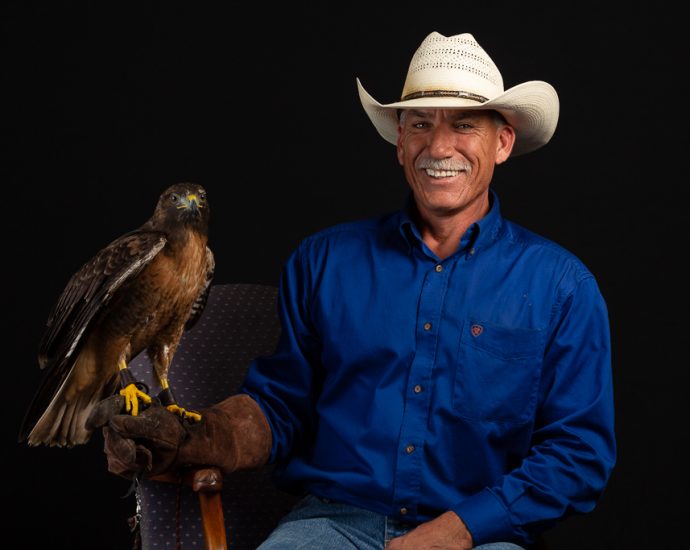

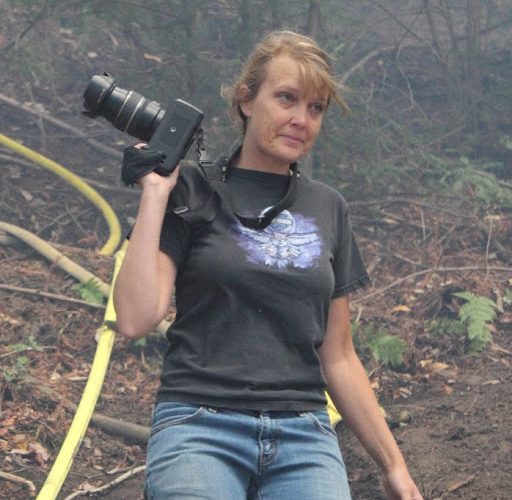

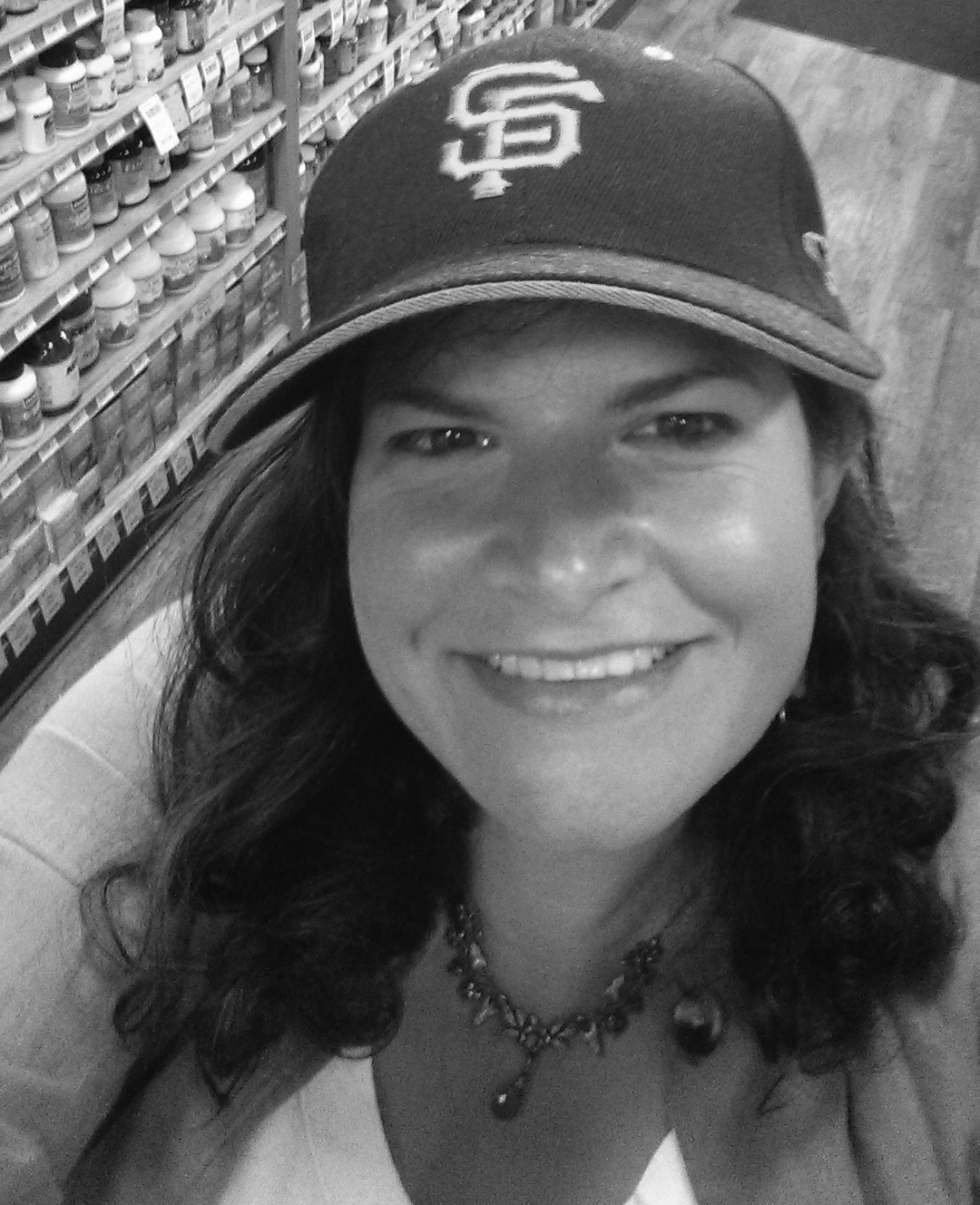
Thank you so much for spending your time, efforts, and digital space on appreciating the generosity of the people who volunteer. I was not aware of many of the things you said, and it touches my heart to know it now. It really makes me realize how much reward there is in being a humane human being, giving back to our greater community which includes animals as equal members, that money can never compare to or satisfy. Thank you!!!